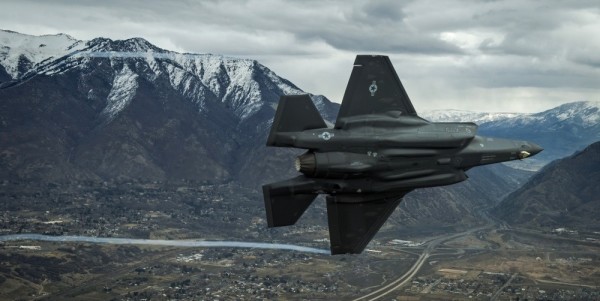Ever watch Wolverine’s body spit out bloody bullets and think ‘gee, I wanna be like that?’ The Air Force understands, and while it may not be able to give you Hugh Jackman’s beautiful body, it’s going to do its damnedest to make you heal like it.
That’s why the Air Force is funding new research to develop spray-on technology that can reprogram the function of human cells to self-heal wounds five times faster than usual.
Though the technology is still in-development, it could be groundbreaking for treating war wounds and other situations, like burns, skin grafts or organ transplants.
“The impact of this research effort can be far-reaching,” said Dr. Rajesh Naik, chief scientist of the 711th Human Performance Wing, which collaborated on the research, in a press release on Friday. “The convergence of biosciences with mathematical models can truly provide an inflection point to advance the development of wound healing.”
How would this spray-on superpower work? Theoretically, the spray would use proteins called transcription factors to turn on or off various genes within cells to regulate activities such as cell division, growth migration and organization, the press release explained. Turning those genes on or off would effectively reprogram certain human cells, such as a skin cell, to act like a muscle cell, a blood cell or something else.
With the application of the right transcription factors, you could convert exposed deep muscle cells into surface skin cells, which gives the wound a better chance of successfully healing.
The Air Force is not the only one interested in rapid self-healing capabilities. The University of California, Riverside released a video in 2016 about its research into a transparent, highly-stretchable material for batteries, electronic devices and robots that can repair itself with a few volts of electricity. In 2017, Mashable reported that clothing lines and tech companies were applying them to backpacks and in 2020, The Verge reported that Apple applied for a patent for self-healing phone screens.
The 711th Human Performance Wing also isn’t the only organization interested in cellular reprogramming. In December, the journal Nature published a study that found some success reversing signs of aging in mice, such as blindness, with changes in gene expression programs.
However, researchers still need to identify which transcription factors would reprogram cells for the desired effect of healing faster for the Air Force. Dr. Indika Rajapakse, associate professor of Mathematics and Computational Medicine & Bioinformatics at the University of Michigan, is leading a team of scientists who are using an algorithm to mathematically identify the right transcription factors. They also received funding from the Defense University Research Instrumentation Program to buy a live cell imaging microscope to help with the research.
“Thanks to the Air Force’s help, I was able to acquire the tools I need to advance my research into cellular reprogramming and wound healing,” Rajapakse said in the press release.
The concept of self-healing technology is incredible, but the rate at which it is being researched is also breath-taking, scientists said.
“It’s rare that mathematics provides such promising results so quickly,” said Dr. Frederick Leve, a program officer for the Air Force Office of Scientific Research, a division of the Air Force Research Laboratory which helped fund the project. “It usually takes decades for basic math research to make it into models which can be applied to a technology. In Dr. Rajapakse’s case, it only took a handful of years. AFRL is proud that our funding … contributed to this rapid development.”
Now we can only hope the Air Force develops another Wolverine special ability: retractable Adamantium claws.
Related: Forget bulky goggles: these scientists want to inject night vision straight into troops’ eyeballs

























